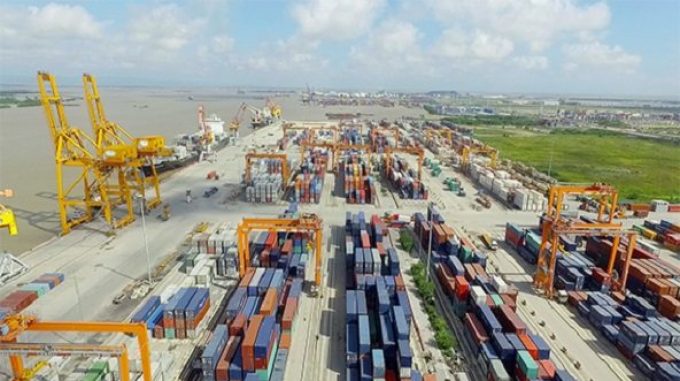Air cargo spot rates hit 2024 peak, while Vietnam becomes a hotspot
Air cargo spot rates have risen to their highest level this year, despite the recent ...

The first deepsea container terminal in north Vietnam has opened for business.
Capable of handling 14,000 teu vessels, the Haiphong International Container Terminal (HICT) could see the port serving the booming industrial region receiving mainline calls for the first time.
Around 130km from Hanoi, the port of Haiphong has seen average annual growth of 14.6% since 2012 – 2017 throughput was 4.45m teu.
Draught restrictions on the River Cam previously limited port calls at Haiphong to 2,000 teu feeder ships. HICT, part of the Lach Huyen port ...
Asia-USEC shippers to lose 42% capacity in a surge of blanked sailings
Why ROI is driving a shift to smart reefer containers
USTR fees will lead to 'complete destabilisation' of container shipping alliances
New USTR port fees threaten shipping and global supply chains, says Cosco
Outlook for container shipping 'more uncertain now than at the onset of Covid'
Transpac container service closures mount
DHL Express suspends non-de minimis B2C parcels to US consumers

Comment on this article